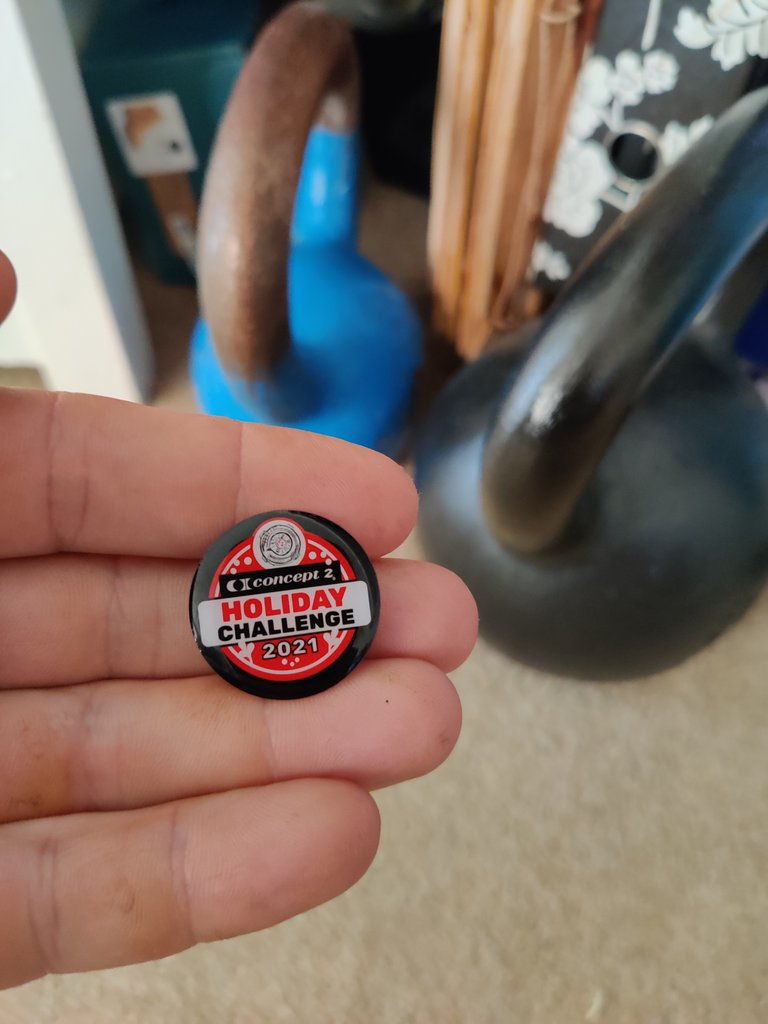The Fifth Phase of the Jerk: The Unsupported Squat Under
The Fifth Phase of the Jerk: The Unsupported Squat Under
After the thrust is executed, the athlete's feet begin to leave the ground. (The back foot is slightly ahead of the front foot when the lifter uses the split style in the jerk, as does the vast majority of lifters.) The athlete pushes against the bar with the arms and shoulders to push the body down. During this time the lifter's balance is moving slightly forward and down while the bar is moving up for 70% to 80% of its upward path and then upward and backward slightly for the rest. The unsupported squat under phase ends when both feet have made contact with the platform again.
The Sixth Phase of the Jerk: The Supported Squat Under
As noted, the back leg lands before the front in the split. That leg is nearly straight (typically at an angle of 160', and the foot is balanced on all of the toes. Therefore, the heel of the back foot is turned out slightly. The front leg in the split has a knee angle of 90% or more, the thigh is angled from 10° to 20' from the platform, and the shin is vertical or inclined slightly in the direction of the lifter. The front foot is flat on the platform. The bar is typically in a position slightly behind the athlete's head, at about the same vertical plane as the shoulder blades of the athlete. The hips, shoulders, elbows and wrists are all in the same vertical plane, the head is vertical and pushed forward somewhat and the back is arched. The front foot is typically a little more than one foot-length in front of the hip, and the back leg is a little less than two foot-lengths to the rear of the hip. Altogether, the torso has been lowered a total of 15% to 20% of the height of the athlete. During the amortization of the bar in the jerk, it typically drops between 3 cm and 8 cm.
Trade-free fitness at myworkoutarena.com

Hi @rmsbodybuilding,
Thank you for participating in the #teamuk curated tag. We have upvoted your quality content.
For more information visit our discord https://discord.gg/8CVx2Am